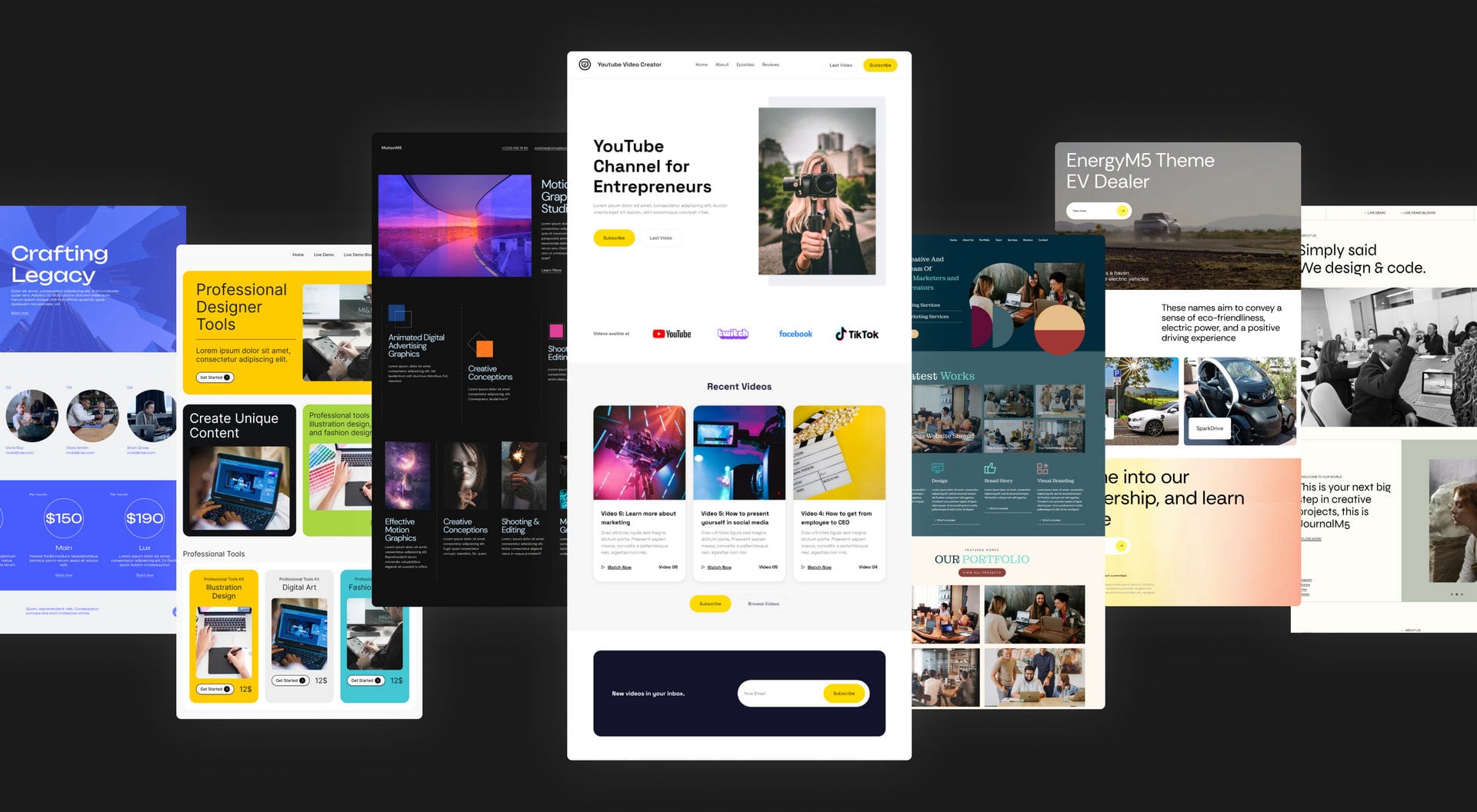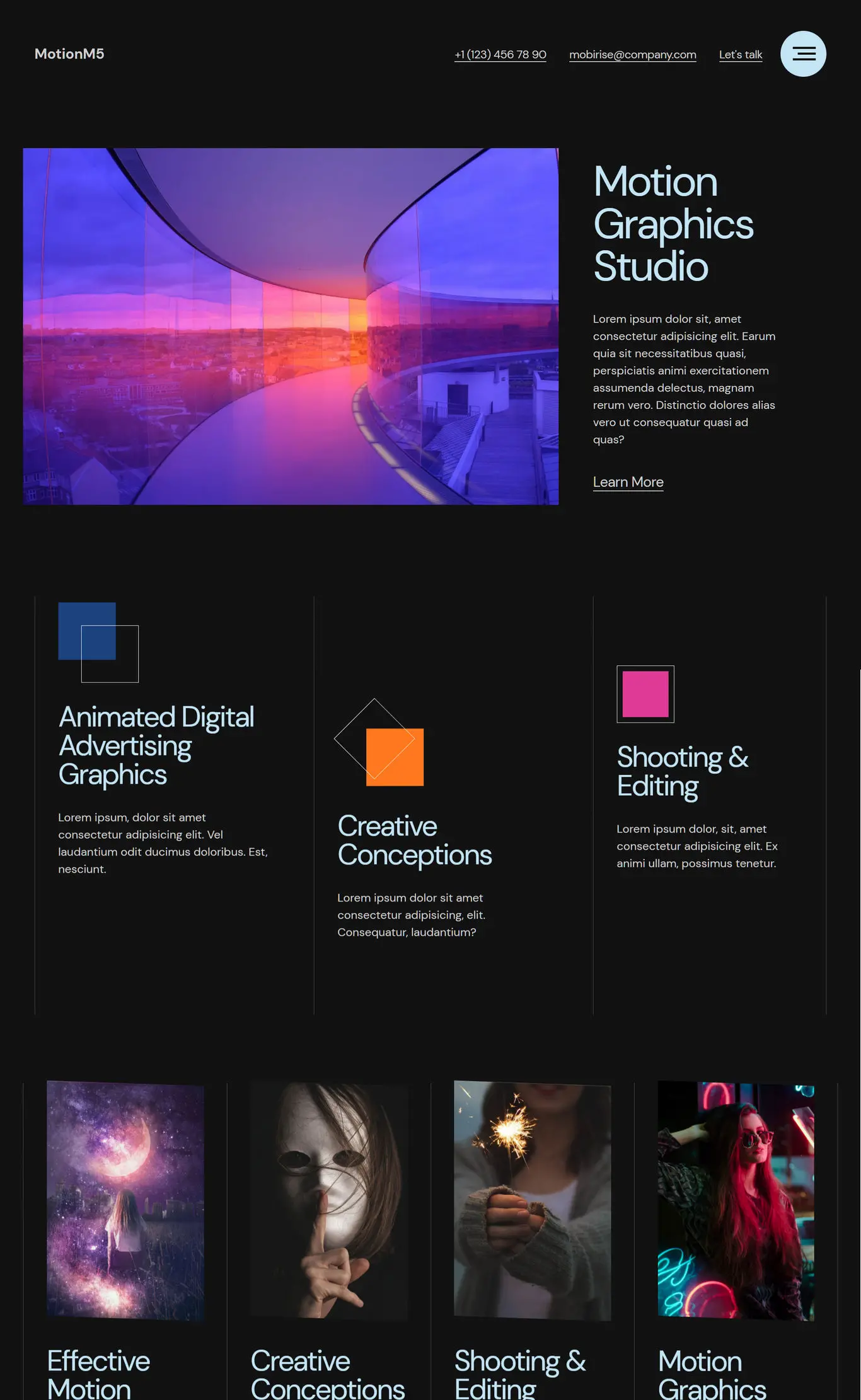Top JavaScript AI Code Generators for Effortless Development
JavaScript AI code generators streamline the development process by automating the creation of scripts and functions. These tools leverage artificial intelligence to produce efficient, high-quality code tailored to specific requirements. With features like intelligent suggestions and error detection, developers can save time and enhance productivity. Ideal for both beginners and seasoned programmers, these generators facilitate rapid prototyping and reduce coding errors, simplifying the software development workflow.





































